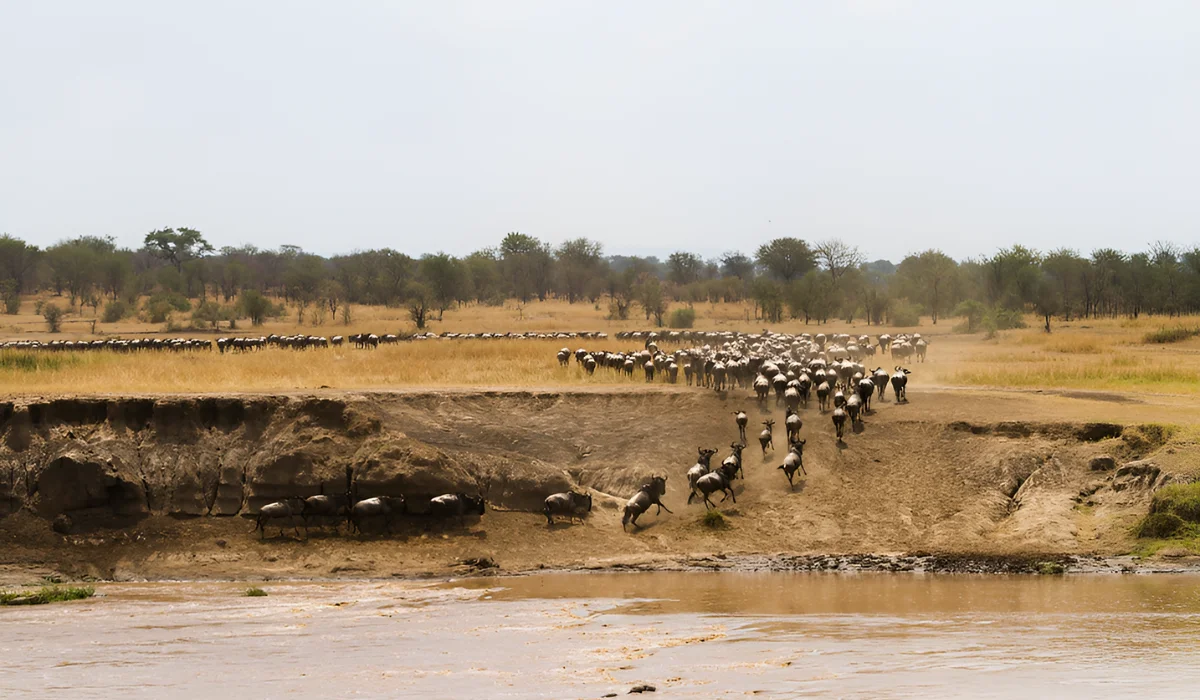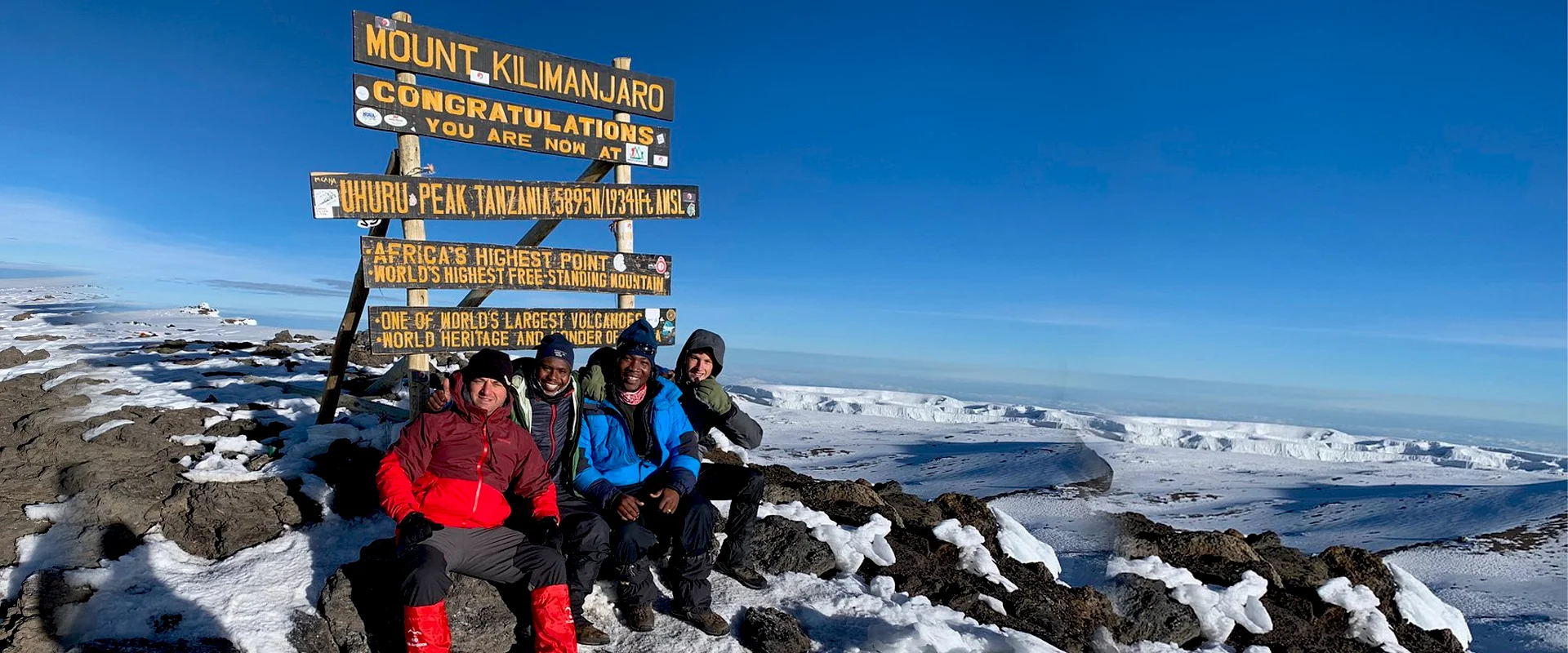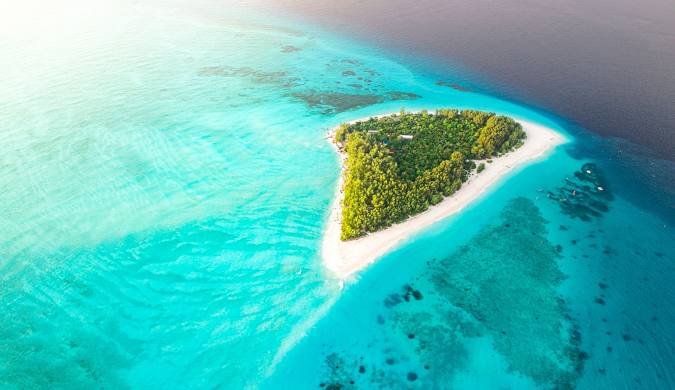Safari photography is one of the most rewarding yet challenging forms of wildlife photography. The combination of unpredictable animal behavior, varying lighting conditions, and the constraints of vehicle-based shooting requires specific techniques and preparation.
Essential Camera Equipment
Camera Body
A DSLR or mirrorless camera with good low-light performance and fast autofocus is essential. Full-frame sensors provide better performance in challenging conditions, but crop sensors offer additional reach for distant subjects.
Lenses
- 70-200mm f/2.8: Versatile for medium-distance shots
- 100-400mm or 150-600mm: Essential for distant wildlife
- 24-70mm: Great for landscapes and close encounters
- Wide-angle (16-35mm): For dramatic landscape shots
Accessories
- Bean bag or vehicle mount for stability
- Extra batteries (cold drains them faster)
- Multiple memory cards
- Lens cleaning kit
- Rain cover for equipment
Camera Settings for Safari
Shooting Modes
Use Aperture Priority (A/Av) mode for most situations, allowing you to control depth of field while the camera selects appropriate shutter speed.
Autofocus Settings
- Use continuous autofocus (AI Servo/AF-C)
- Select single-point or zone autofocus
- Enable back-button focus for better control
Exposure Settings
- ISO: Start at 400-800, don't fear higher ISOs
- Aperture: f/5.6-f/8 for sharp images with good depth
- Shutter Speed: Minimum 1/focal length rule
Composition Techniques
Rule of Thirds
Place your subject along the intersection points of imaginary grid lines. This creates more dynamic and visually appealing compositions than centering the subject.
Eye Contact
Always focus on the animal's eyes. Sharp eyes are crucial for compelling wildlife portraits, even if other parts of the animal are slightly soft.
Fill the Frame
Get as close as safely possible (telephoto lenses help) to create intimate portraits that show detail and character.
Show Behavior
Capture animals in action - hunting, playing, interacting. These behavioral shots tell stories and are more engaging than static poses.
Lighting Considerations
Golden Hours
The hour after sunrise and before sunset provides warm, soft light that's perfect for wildlife photography. Plan your game drives around these times.
Overcast Conditions
Don't dismiss cloudy days - they provide even, soft lighting that's excellent for portraits and reduces harsh shadows.
Backlighting
Use backlighting creatively to create silhouettes or rim lighting effects, especially during golden hour.
Specific Animal Photography Tips
Big Cats
- Be patient - they sleep 20 hours a day
- Focus on facial expressions and eyes
- Capture interaction between family members
- Use fast shutter speeds for action shots
Elephants
- Show their size by including environmental context
- Capture family interactions and baby elephants
- Focus on details like wrinkled skin and expressive eyes
- Respect their space - use longer lenses
Birds
- Use the fastest shutter speeds possible
- Anticipate flight patterns and behavior
- Focus on the eye closest to the camera
- Capture birds in their environment
Vehicle-Based Photography
Stability
- Use bean bags on window sills for support
- Turn off the engine when possible
- Brace yourself against the vehicle
- Use image stabilization if available
Positioning
- Communicate with your guide about positioning
- Consider the background when positioning
- Be ready to shoot quickly when opportunities arise
- Respect other photographers in your vehicle
Post-Processing Tips
- Shoot in RAW format for maximum flexibility
- Adjust exposure and highlights carefully
- Enhance eyes and facial features subtly
- Remove distracting elements when appropriate
- Maintain natural colors and avoid over-saturation
Ethical Considerations
- Never disturb animals for a better shot
- Respect park rules and guide instructions
- Don't use flash photography
- Keep noise levels down
- Share sightings with other vehicles
Related Posts
Subscribe to Our Newsletter
Get the latest safari tips, travel guides, and special offers delivered directly to your inbox.



